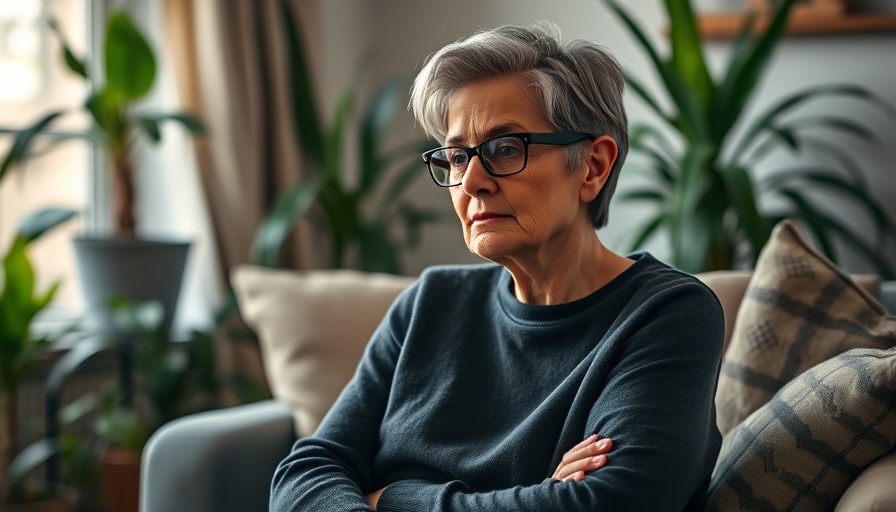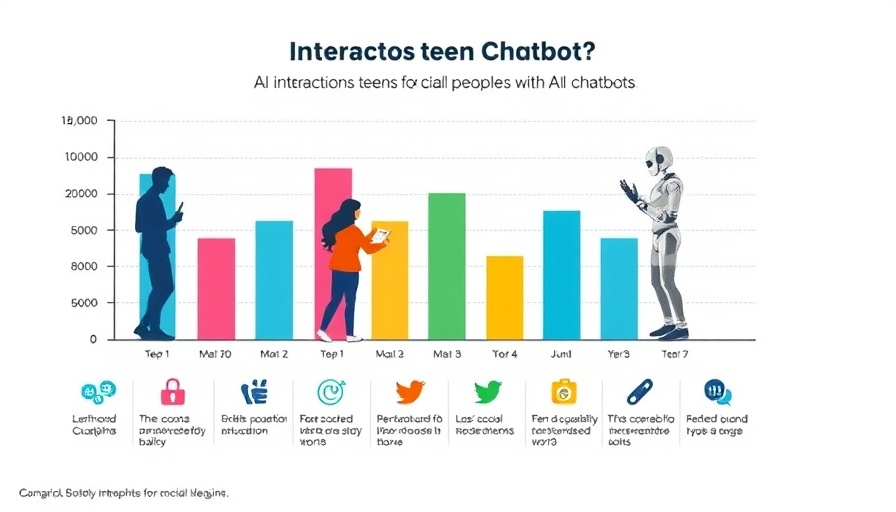
Why Do We Retreat as We Age? Understanding the Phenomenon
It’s common to notice how some individuals tend to withdraw into their own world as they age. This phenomenon, while often misunderstood, can be traced to several shared experiences that shape their perspectives. By analyzing these retreats, we not only develop empathy but also gain insights into our own personal journeys.
The Impact of Loss on Aging Individuals
One significant experience that prompts withdrawal is loss. As we grow older, we confront various forms of loss: the passing of loved ones, diminishing health, or even the feeling of lost purpose. Such losses chip away at resilience, instilling feelings of isolation.
When people withdraw, they may seek refuge in their thoughts, striving for healing and attempting to make sense of their grief. This retreat is not inherently negative; rather, it can be a necessary step towards reassessing life’s meaning. By understanding this tendency, we can provide better support for those undergoing the painful process of loss.
Shifting Priorities: Quality Over Quantity
As individuals age, changes in priorities become evident. Many find that social gatherings lose their allure, replaced by a preference for tranquil, meaningful interactions with close friends. The experience of seeing a loved one, like a father transitioning from social butterfly to appreciating quietude, exemplifies this shift. It’s not the absence of social life; it’s an evolution towards valuing depth over breadth. This revelation stresses the importance of providing an environment that fosters these deeper connections.
Emotional Resilience and Self-Understanding
Withdrawal is often linked to an individual’s emotional resilience. How we process these experiences affects our capacity for self-understanding. By retreating into our inner worlds, we have opportunities to reflect, confront emotions, and ultimately, grow. It is vital for business owners, particularly coaches and consultants, to foster safe spaces for these connections and reflections. Acknowledging these experiences can enhance both personal and professional relationships.
Identifying Common Experiences of Withdrawal
Beyond loss and shifting priorities, several other experiences can contribute to the tendency of withdrawal, including:
- Change in Identity: As life circumstances evolve, the roles we once identified with can diminish. Transitioning from a parent to an empty nester, for example, can prompt profound introspection.
- Technology’s Role: Modern tech allows for connections but can also alienate individuals, leading some to prefer solitary activities or virtual interactions over in-person conversations.
- Health Concerns: As people face deteriorating health, participation in social activities may decline, further accelerating feelings of isolation.
Strategies for Business Connection and Growth
For business owners, especially in consulting, recognizing these withdrawal tendencies in clients can be pivotal. Engaging strategies include:
- Personalized Communication: Understanding and adapting to the unique communication preferences of older clients can bridge gaps and foster connections.
- Empathetic Engagement: Initiating conversations that respect individual experiences and offering spaces for reflection can enhance relationships.
- Community Building: Fostering groups that address shared experiences and interests can counter feelings of isolation.
Conclusion: Embracing the Journey
The journey of aging involves myriad experiences that shape who we are. While some retreat as a form of coping, it’s crucial to recognize and support that process. For business owners, fostering a deeper understanding of these dynamics can enhance not only client relations but also personal growth.
As we navigate through our own lives and observe those around us, we may find that understanding these experiences opens up paths to richer conversations and connections. Take a moment to reflect on your own experiences and consider how they have influenced your personal brand.
 Add Row
Add Row  Add
Add 




Write A Comment